i think most presidentiables know what needs to be done to make philippines a better country but unfortunately not all is that sincere or determined. so let us all be wise in choosing.
Results 251 to 260 of 378
-
01-25-2010, 08:41 AM #251Junior Member

- Join Date
- Jan 2006
- Posts
- 206
-
01-25-2010, 08:49 AM #252
-
01-25-2010, 08:50 AM #253
-
01-25-2010, 10:17 AM #254Banned User

- Join Date
- Feb 2009
- Gender

- Posts
- 128
To all NoynoyFANs Please read this!
Cory’s land reform legacy to test Noynoy’s political will - Special Reports - GMANews.TV - Official Website of GMA News and Public Affairs - Latest Philippine News
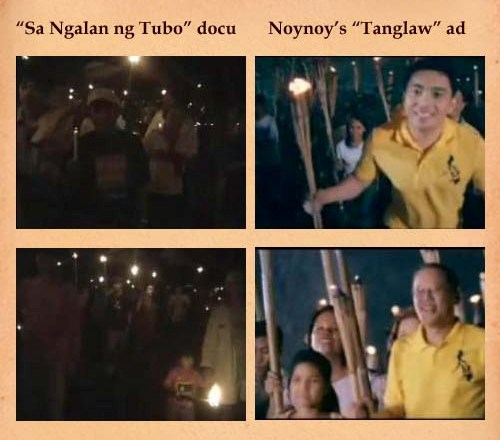

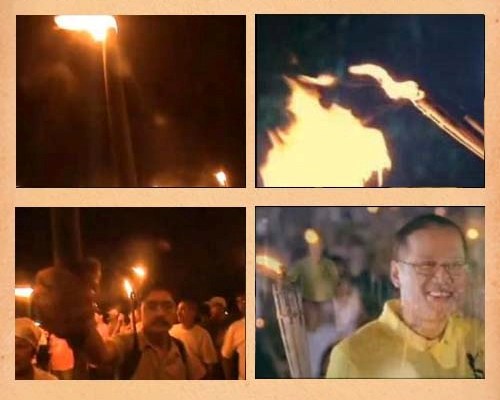
A better known fact, but in danger of being forgotten, is the series of salvagings that took place after the massacre to eliminate those who supported the workers’ cause, or had evidence supporting their case. Among those killed were one Senate witness, two Aglipayan priests, a union president, a city councilor, and two peasant group leaders.
What could be worth all the blood that has been spilled? And why is everyone looking at Senator Aquino?
The answer lies in another little-known fact—a contentious 30-year stock distribution scheme that was implemented in lieu of land distribution on his family’s plantation that seriously complicates the campaign theme “good vs. evil."
The dark side of the Aquino legacy
Part Two of this series on Hacienda Luisita begins in 1989, the year the Stock Distribution Option (SDO) was introduced at the hacienda after the Comprehensive Agrarian Reform Program (CARP) took effect in 1988.
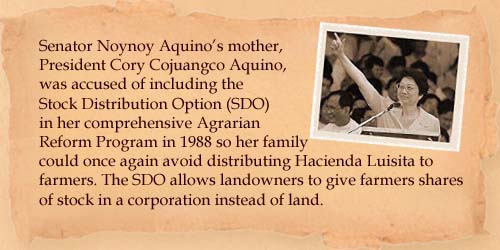
Senator Noynoy Aquino’s mother, President Cory Cojuangco Aquino, was accused of including the SDO in her outline for CARP (Presidential Proclamation 131 and Executive Order No. 229, July 22, 1987) so her family could once again avoid distributing Hacienda Luisita to farmers.

Hacienda Luisita's past haunts Noynoy's future
See Part One for the history of the farmers’ claim in Hacienda Luisita.
(The SDO was a clause in CARP that allowed landowners to give farmers shares of stock in a corporation instead of land. It was abolished in the updated land reform law CARPER, or CARP with Extensions and Revisions, that was passed in August 2009.)
LAND ASSETS UNDERVALUEDThe SDO gravely damaged the potential of land reform to deliver social justice to scores of rural poor, whose votes had ironically been courted by President Aquino in 1986 by promising land reform.
 The excluded areas caused the undervaluation of the farm workers’ share in HLI, explained Eduardo Tadem, member of the technical working group of the Presidential Agrarian Reform Council (PARC), in an October 20, 1989 report of the Philippine Daily Inquirer.
The excluded areas caused the undervaluation of the farm workers’ share in HLI, explained Eduardo Tadem, member of the technical working group of the Presidential Agrarian Reform Council (PARC), in an October 20, 1989 report of the Philippine Daily Inquirer.
(In the same report, Tadem said the PARC, which was chaired by President Cory Aquino, had ignored a study of the National Economic Development Authority (NEDA) showing Luisita’s farm workers could earn more with 0.78 hectares of land instead of stocks.)
The remaining 4,915.75 hectares that were submitted to CARP were “independently appraised by Asian Appraisal and the Securities and Exchange Commission" at P40,000 per hectare, according to an August 30, 1989 article in the Manila Bulletin written by the Aquino administration’s Solicitor General, Frank Chavez, to defend Luisita’s SDO.
The valuation of P40,000 per hectare represents an enormous difference from the valuation of about P500,000 per hectare and P219,000 per hectare respectively for the excluded 120.9 hectares of residential land and 265.7 hectares of land improvements that were retained by the Cojuangcos.
Aquino’s abrogation left such a deep scar that even the New York Times, in its announcement of her passing on August 1, 2009, did not let it slip: “Born into one of the country’s wealthy land-owning families, the Cojuangcos of Tarlac, Mrs. Aquino did not lead the social revolution that some had hoped for. She failed to institute effective land reform or to address the country’s fundamental structural ailment, the oligarchic control of power and politics."
Cojuangcos give stocks instead of land
In 1989, the Cojuangcos justified Luisita’s SDO by saying it was impractical to divide the hacienda’s 4,915.75 hectares of land among 6,296 farm workers, as this would result in less than one hectare each (0.7 . A study by the private group Center for Research & Communication (now University of Asia & the Pacific) was cited to support this claim.
. A study by the private group Center for Research & Communication (now University of Asia & the Pacific) was cited to support this claim.
The claim was contradicted by a study of the National Economic Development Authority (NEDA), which stated that the farm workers could still earn more with 0.78 hectares of land each than stocks. But the NEDA study was ignored by the Presidential Agrarian Reform Council (PARC), according to Eduardo Tadem, a member of the technical working group of PARC who spoke out in an October 20, 1989 report of the Philippine Daily Inquirer. The PARC was chaired by President Cory Aquino.
In 2005, after its investigation into the Luisita massacre, the Department of Agrarian Reform (DAR) also debunked the claim that economies of scale justified Luisita’s SDO. The DAR said the issue of economies of scale could have been addressed under Section 29 of CARP, which states that workers’ cooperatives should be created in cases where dividing land was not feasible.
In the column of Domini Torrevillas in the Philippine Star last Jan. 19, however, Noynoy declared: “Neither I nor the farmers are satisfied with the government’s land reform program. We have seen in Hacienda Luisita that this does not work. Luisita, which was then called Tabacalera Land, used to be 12,000 hectares. The company voluntarily gave half or 6,000 hectares for the Land Tenure Act. That is why Luisita today is only an approximate 5,500 hectares. However, the people who were provided land ended up losing or selling their property. Most of them returned to their lives as Luisita workers.
“This shows that mere land distribution is not beneficial to farmers. We cannot just transfer land to a farmer and say, ‘I am done with you.’ We need to teach him until he becomes a manager, becomes the agriculture business planner, the cooperative member. We must help him find means to buy biological pest control, natural fertilizers, pesticides and farm implements."
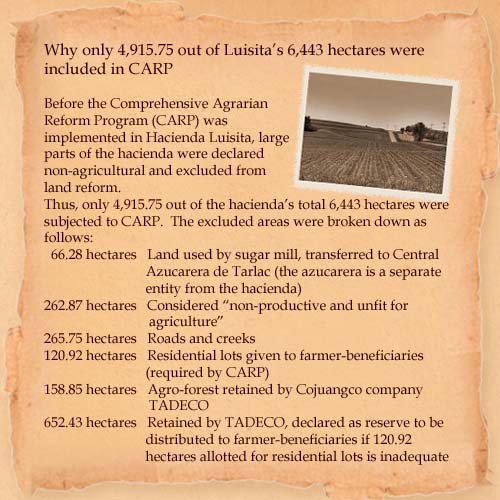
Farmers asked to vote on SDO
On May 9, 1989, Luisita’s farm workers were asked to choose between stocks or land in a referendum. The SDO won 92.9% of the vote. A second referendum and information campaign were held on October 14, 1989, and again the SDO won, this time by a 96.75% vote.
In his 1992 book A Captive Land: The Politics of Agrarian Reform in the Philippines, American development studies expert James Putzel expressed doubt that the farmers understood the choice that was presented to them. “The outcome of the vote was entirely predictable," he wrote. “The balance of power in the country favored families like the Cojuangcos. The problem was not really that the farm workers were denied the right to choose . . . it was rather that [they] were denied an environment that would allow them to identify what their choices were."
(Dr. James Putzel did extensive research on agrarian reform in the Philippines between the late 1980s to the early 1990s. He is currently a Professor of Development Studies at the London School of Economics.)
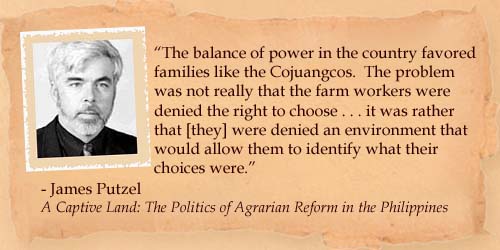
Even before the second referendum was held, Father Joaquin Bernas, the President of the Ateneo de Manila University and a member of the commission that drafted the 1987 Constitution, pointed out the inconsistency of Luisita’s SDO with the Constitution in his June 27, 1989 column in the Manila Chronicle. “The [SDO] is a loophole because it does not support the Constitution’s desire that the right of farmers to become owners of the land they till should be promoted by government," Bernas said.
UP Center of Law calls Luisita SDO illegal
A year after Father Bernas spoke out, the University of the Philippines Law Center also called Luisita’s SDO illegal in a paper it submitted to the Senate Committee on Agrarian Reform in June 1990. The paper questioned the morality, propriety, and constitutionality of a plan that allowed the landlord to retain controlling interest at the expense of farmer beneficiaries.
President Cory Aquino replied that the paper was just the opinion of one professor. But she said she would look into it.
The Department of Justice then issued a legal opinion affirming the constitutionality of the SDO, saying an act of the legislature, approved by the executive, was presumed valid within the limits of the Constitution unless nullified in court.
The legislature back then was dominated by landlords, including President Aquino’s brother, Tarlac Rep. Jose “Peping" Cojuangco, Jr., the top decision-maker in Hacienda Luisita.
Cojuangco was “at the head of the landlord juggernaut" in Congress, according to a June 13, 1993 report of writer Antonio Ma. Nieva in the Philippine Daily Inquirer.
Meanwhile, the Secretary of Justice who issued the legal opinion saying Luisita’s SDO was constitutional was Aquino stalwart Franklin Drilon.
Drilon is currently chairman of the Liberal Party, whose standard-bearer is Senator Noynoy Aquino.
Corporation formed before vote
In his book A Captive Land, Putzel also noted that Hacienda Luisita, Inc (HLI), the company formed by the Cojuangcos to operationalize Luisita’s SDO, was incorporated in August 1988—nine months before the farm workers were first asked to choose between stocks or land in May 1989.
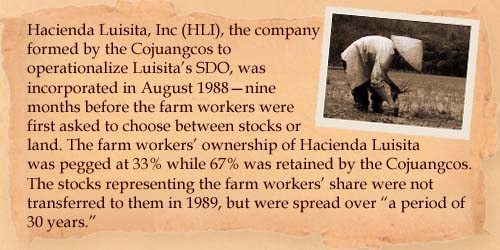
This bred suspicion that the SDO was considered a done deal early on, and the two rounds of voting with the farmers were only organized to give an appearance of transparency.
Aquino appointees in charge of DAR
Adding to the cloud of doubt was President Aquino’s perceived influence over the Department of Agrarian Reform (DAR) because she had the power to appoint the department’s head.
The Agrarian Reform Secretary who oversaw the farmers’ vote in Luisita in May 1989 was Philip Juico, the husband of Margie Juico, a close friend of President Aquino who also served as her Appointments Secretary.
In July 1989, Aquino replaced Phillip Juico with “graft buster" Miriam Defensor-Santiago after Juico’s name was dragged into the Garchitorena land scam.

The Garchitorena land scam
The implementation of CARP during the term of President Cory Aquino was rocked by a number of scandals, one of them the Garchitorena land scam. See how the land scam was linked to President Aquino.
Very early into her role, Santiago, a former judge, told the media that there were “serious flaws in the law against which I am powerless" (Philippine Daily Inquirer, July 21, 1989). Santiago ended up giving Luisita’s SDO the go-signal in November 1989.
Two months later, Aquino replaced Santiago. Many years later, Santiago said Aquino removed her because of something she said about Luisita.
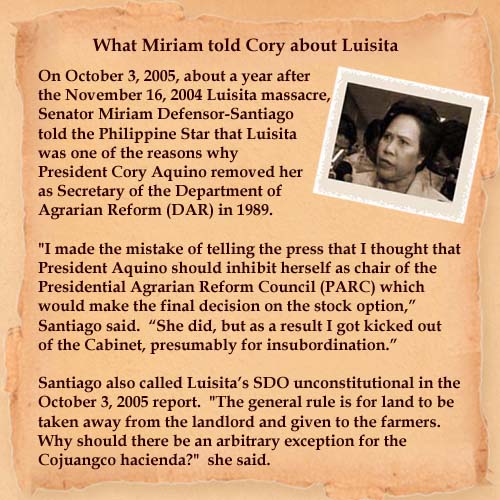
In Santiago’s place, Aquino appointed Florencio “Butch" Abad. Abad lasted only three months because the Commission on Appointments repeatedly refused to confirm his appointment.
Abad is currently the campaign manager of Senator Noynoy Aquino.
Cojuangcos assume majority control
In 1989, the farm workers’ ownership of Hacienda Luisita was pegged at 33%, while 67% was retained by the Cojuangcos.
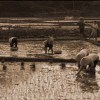
How the Cojuangcos got majority control of Hacienda Luisita
When the Comprehensive Agrarian Reform Program was implemented in Luisita in 1989, the farm workers’ ownership of the hacienda was pegged at 33%, while 67% was retained by the Cojuangcos. See how the Cojuangcos were able to gain control of the corporation.
Luisita’s SDO agreement spelled out a 30-year schedule for transferring stock to the farm workers:
“At the end of each fiscal year, for a period of 30 years, the SECOND PARTY (HLI) shall arrange with the FIRST PARTY (TADECO) the acquisition and distribution to the THIRD PARTY (farm workers) on the basis of number of days worked and at no cost to them of one-thirtieth (1/30) of 118,391,976.85 shares of the capital stock of the SECOND PARTY (HLI) that are presently owned and held by the FIRST PARTY (TADECO), until such time as the entire block of 118,391,976.85 shares shall have been completely acquired and distributed to the THIRD PARTY (farm workers)."
The impact of this provision was far-reaching.
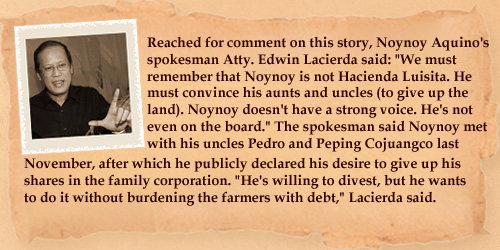
Stocks not transferred to farmers
-
01-25-2010, 10:24 AM #255Banned User

- Join Date
- Jul 2007
- Posts
- 145
track record - definition of track record by the Free Online Dictionary, Thesaurus and Encyclopedia.
track record - the past record of the accomplishments and failures of a person, business, etc.
track record - A record of actual performance or accomplishment: a job applicant with an excellent track record.
-
01-25-2010, 10:43 AM #256
-
01-25-2010, 10:44 AM #257
@SIKWATE
salamat sa post. an eye-opener jd... people wake up!
-
01-25-2010, 10:59 AM #258Elite Member

- Join Date
- Aug 2007
- Posts
- 1,865
Mowake up kaha nang diehard Aquino fanatics?
-
01-25-2010, 11:25 AM #259
-
01-25-2010, 11:41 AM #260Elite Member

- Join Date
- Dec 2009
- Gender

- Posts
- 268
Advertisement
Similar Threads |
|







